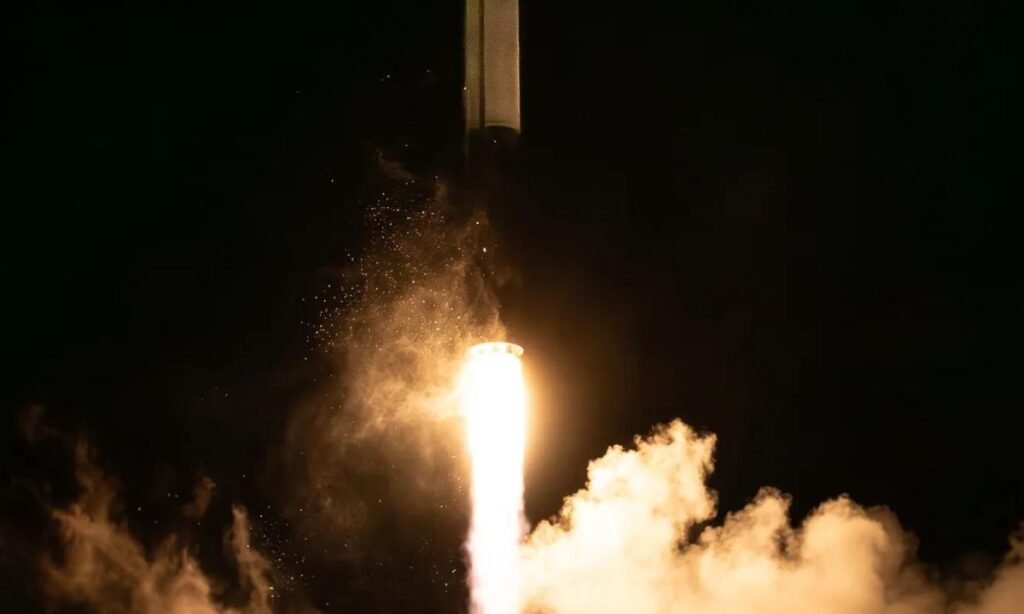NASA launched satellite to predict climate change by Earth’s poles
NASA launched a PREFIRE CubeSat satellite for the first time to predict climate change by studying the poles of Earth. This satellite will measure the heat escaping from the Earth’s poles, making it easier to predict climate change.
This is part of two cube satellites, or CubeSats, of NASA’s Polar Radiant Energy in the Far-InfraRed Experiment (PREFIRE) Mission. These satellites are the size of a shoebox.
They will measure the heat amount our planet emits from two of its coldest and most distant regions of the poles (the Arctic and Antarctica).
According to NASA’s statement, they launched the first of two satellites from Rocket Lab’s Electron rocket in Mahia, New Zealand, on May 25, 2024. That satellite is now in orbit.
However, the second PREFIRE CubeSat satellite will be launched by NASA from Launch Complex 1 in the coming days to predict climate change. The exact launch date for second CubeSat is unknown yet.
Karen St. Germain is the head of Earth Sciences research at NASA. She said they had never before this new information. So, this mission will improve their ability to model what is happening at Earth’s poles and in climate.
Karen stated NASA needs both PREFIRE CubeSat satellites to predict climate change. This mission will help scientists more accurately predict how Earth’s weather, seas, and ice will change as the planet warms.

According to Karen, they consider small satellites “specialists” because they provide accurate scientific results. However, larger satellites are “generalists” which don’t give so much precise results comparatively.
Hence, these PREFIRE satellites will provide significant information on the Earth system. It will also provide scientists with details about how Earth’s polar regions influence the energy our planet absorbs and releases.
It will ultimately help them make effective predictions about sea ice loss, ice sheet melt, and sea level rise. This information is also crucial for farmers monitoring weather and water changes and fishing fleets operating in shifting waters. It will also help coastal communities to deal with climate change.
Read More:
- Sea creature turns into a baby when it is stressed out showing time travel
- Realme Narzo 70 Turbo 5G launch date, features, specifications & price
- European Space Agency printed 3D metal part in space for first time
- Earth’s mysterious Alaska triangle where over 20,000 people disappeared
- Philips Hue launched a new smart lighting solution for kitchen
- NASA to launch life-searching spacecraft to Jupiter’s moon Europa
Share this content:










Post Comment